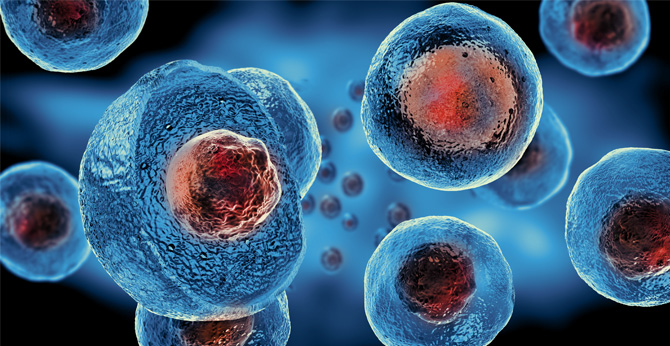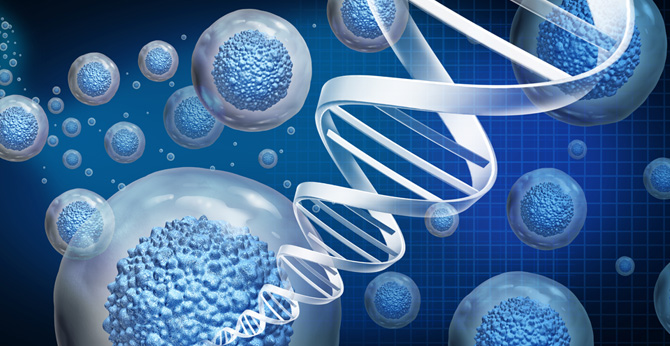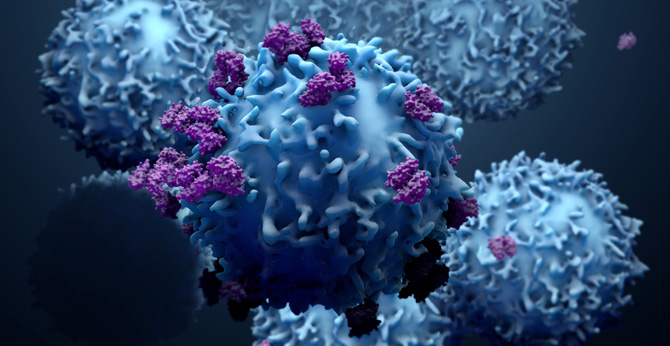All products and services are For Research Use Only and CANNOT be used in the treatment or diagnosis of disease.
Creative Biolabs has developed a new platform of switchable CAR by using a peptide neo-epitope (PNE) in the switch molecule. In this platform, the switch molecule contains a peptide of 14-aa residues. This 14-aa PNE tag can be specifically recognized by the signaling CAR containing a PNE-specific scFv . This 14-aa PNE is found in the yeast transcription factor GCN4 and was genetically inserted at the defined site of a tumor antigen targeted scFv. The 14-aa PNE of yeast GCN4 does not exist in the human body.
Creative Biolabs provides customized Anti-PNE(GCN4) CAR design and construction services. Please contact us for more detailed information.

There are currently no customer reviews or questions for A uniCAR [Anti-PNE(GCN4) scFv-CD28-CD3ζ], with a CAR Adaptor [Anti-CD19 Antibody (47G4), PNE(GCN4) Tagged], a Anti-PNE(GCN4) CAR System (CAR-NR-ZP1993). Click the button below to contact us or submit your feedback about this product.
For research use only. Not intended for any clinical use. No products from Creative Biolabs may be resold, modified for resale or used to manufacture commercial products without prior written approval from Creative Biolabs.
For any technical issues or product/service related questions, please leave your information below. Our team will contact you soon.
 NEWSLETTER
NEWSLETTER
The latest newsletter to introduce the latest breaking information, our site updates, field and other scientific news, important events, and insights from industry leaders
LEARN MORE NEWSLETTER NEW SOLUTION
NEW SOLUTION
CellRapeutics™ In Vivo Cell Engineering: One-stop in vivo T/B/NK cell and macrophage engineering services covering vectors construction to function verification.
LEARN MORE SOLUTION NOVEL TECHNOLOGY
NOVEL TECHNOLOGY
Silence™ CAR-T Cell: A novel platform to enhance CAR-T cell immunotherapy by combining RNAi technology to suppress genes that may impede CAR functionality.
LEARN MORE NOVEL TECHNOLOGY NEW SOLUTION
NEW SOLUTION
Canine CAR-T Therapy Development: From early target discovery, CAR design and construction, cell culture, and transfection, to in vitro and in vivo function validation.
LEARN MORE SOLUTION

